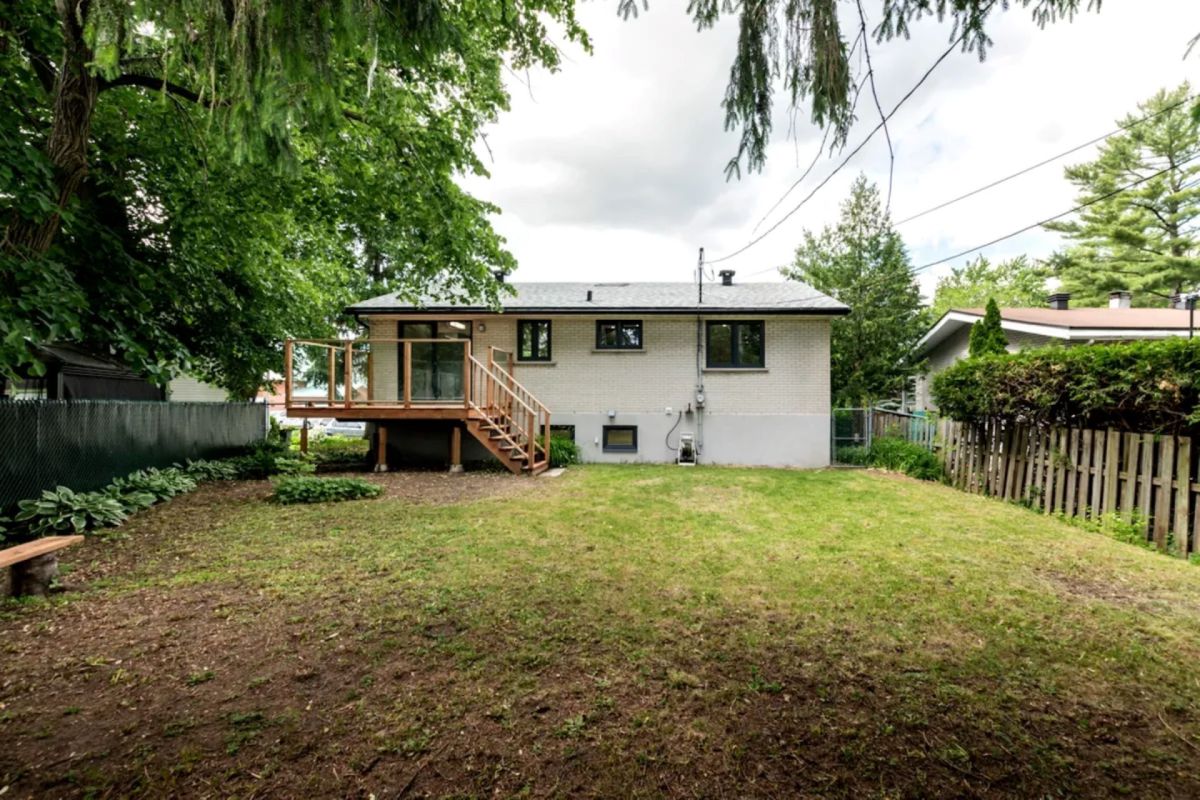A few months ago, one Redditor successfully transformed their yard into a charming rain garden filled with native plants and was happy to share the results.
Their month-long project yielded some nice curb appeal, creating a space where local wildlife (toads) immediately began to gather. At the time of the posting, the gardener was waiting for transplantable bouquets of native flora like swamp rose mallow, strawberry, turtlehead, and cardinal flower.
After picking up a couple of nearby plants and strategically placing tree trunk disks around the garden, what once was a flat plain of grass became a little patch of paradise. Yes, it is stunning to look at, but it is more amazing for what it can do for the environment.
Native gardens are often the environmental heroes of natural selection and will be different for every growing region around the world. When vegetation is native to a region, it is more likely to grow and thrive without human intervention. There is less need for fertilizer and watering because nature takes care of it.
In turn, a native garden increases water conservation, keeping water resources freer and water bills lower. Using less fertilizer means decreased exposure to pollutants that can be harmful and seep into groundwater.
Native plants also don't have to be mowed down every week during the summer. People who live in desert climates who can xeriscape and maintain near-waterless gardens don't have to worry about this weekly chore.
For others, cover crops like buffalo grass and clover are great alternatives to avoid constant mowing. Even if a person only chooses to replace a portion of their lawn with one of these options, they're still saving time and money on lawn maintenance.
Another upside to a native garden is the wildlife it attracts. While many people flee in terror at the sight of bees and other beneficial wildlife, the gardening community welcomes them with open arms. They know that the presence of pollinators is a good sign of a healthy ecosystem and food production.
Without pollinators, flowers, herbs, and vegetables would produce lower yields or not grow at all. People can enjoy the fruits of a garden's labor because pollinators exist. However, those buzzing, encouraging glimpses are becoming rare, as environmental changes spur harsher conditions for pollinators' habitats.
Changing the way you landscape and care for your yard can greatly benefit you, the pollinators, and the environment as a whole.
Cattails in marshes and swamps in the Mississippi Delta will not thrive in the foothills of Appalachia. A plum tree in Maine won't be as bountiful as a Bing cherry tree in Oregon or Washington. Each of these plants grows best in their respective regions due to their nativity of the land. Although these are grand-scale examples of native plants, they can easily be pared down to become an effective native garden in anyone's yard. The Earth can become a healthier place to exist. Every native garden brings the world one step closer to that beautiful goal, big or small.
In addition to those accolades, people love to see it.
"The wood slices look cool. So fun to see what critters arrive," commented one viewer.
"That looks awesome," agreed another.
However, this simple comment from another user summed it up beautifully: "I hope it gives you only good surprises."
Join our free newsletter for easy tips to save more, waste less, and help yourself while helping the planet.









